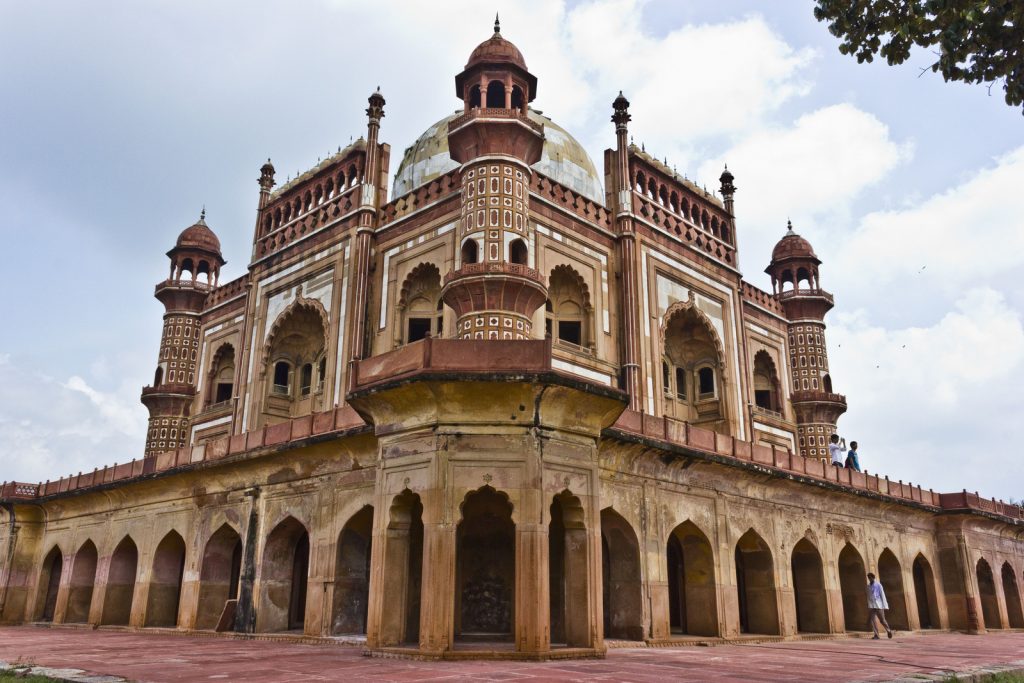New Delhi: The government will review a policy which regulates construction around centrally protected monuments to classify them based on their historical significance, Culture Minister Prahlad Patel said.
According to the Ancient Monuments and Archaeological Sites and Remains Act, 1958, there is a ban on construction within 100 metres of a centrally protected monument and regulated construction within 100-200 metres.
Over the years, the law has stalled significant development work around these areas resulting in the government moving an amendment to the law in the last Parliament session pushing for removal of such restrictions.
The amendments were passed in Lok Sabha, which were sent to a committee by Rajya Sabha.
“We are planning to reclassify all monuments based on their historical significance. Relevant authorities have been asked to produce the roadmap,” said Patel.
He said that for monuments such as the Taj Mahal nothing must be built for at least 500 metres around it, but if it is a burial ground or a samadhi, then the same logic need not apply.
“If a mazar or a samadhi is there and there is limitation that for 300 metres nothing can be built, why should it be so.
“We are preparing the amendments. We received a case from Surat where in the middle of the design of smart city there was a British grave,” he said.
He said the list of the centrally protected monuments had not seen a substantial increase in many years, and important sites under the state governments could be added to the list, Patel said.
As a result of this reclassification, some sites when removed from the central list will allow development work in their vicinity.
Explaining the stand of the minister, a senior culture ministry official said that most of the monuments in the country have been classified according to the importance given to it by the British.
“The reclassification of monuments now will be done based on their importance and relevance to modern India,” he said.
Sources say that a Cabinet note will soon be presented on the amendments to the law.
There are 3,691 centrally protected monuments and sites under the Archeological Survey of India (ASI).
The highest number of sites are in Uttar Pradesh at 745 monuments and sites followed by Karnataka at 506 and Tamil Nadu at 413.
PTI
